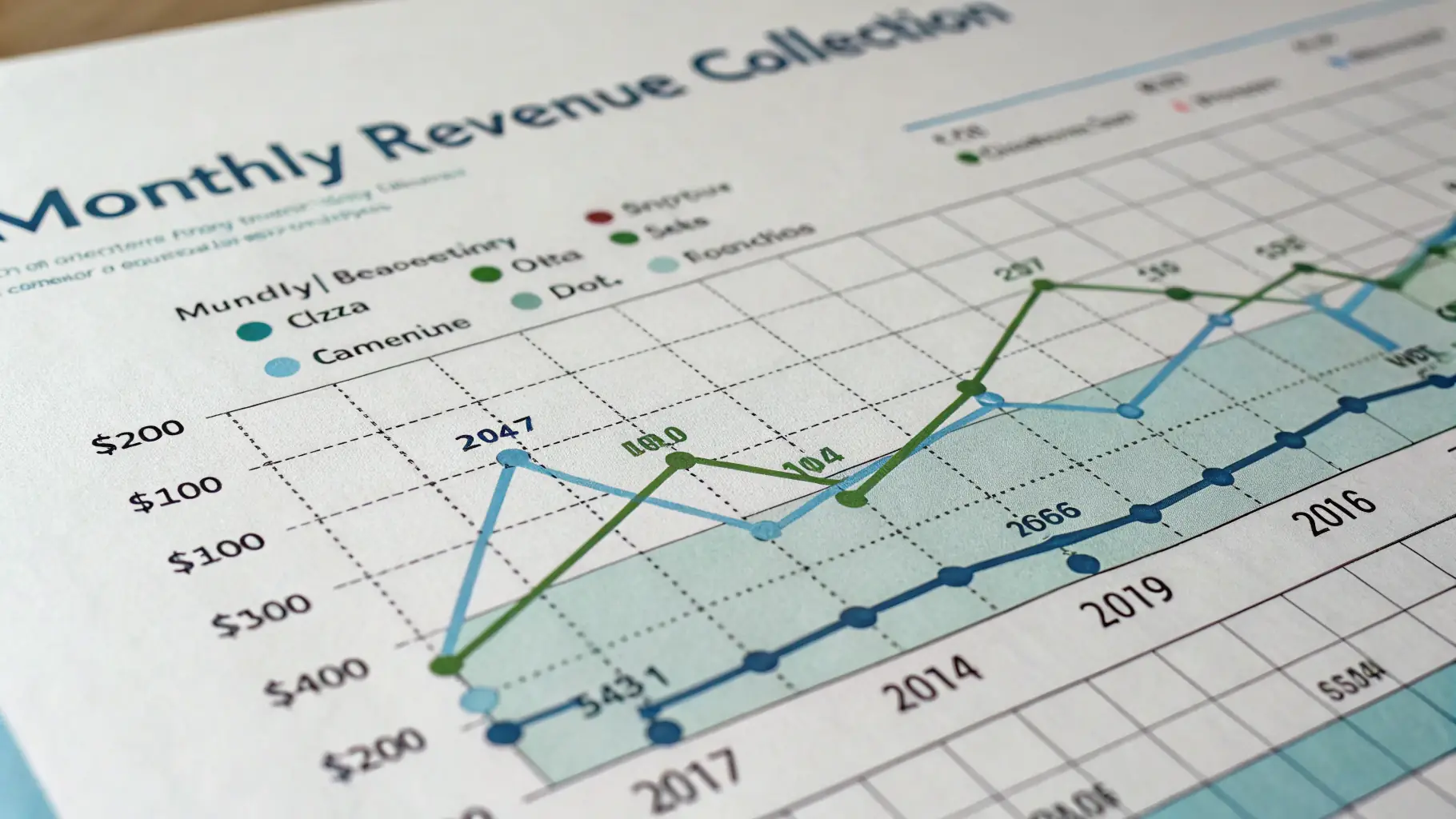Revenue is exciting, but profitability is what wins championships. Many businesses chase top-line growth without realizing that true success comes from maximizing profit—the ability to generate strong margins, reinvest in growth, and deliver long-term value.
At Touchdown Strategy, we help business owners shift from “chasing sales” to building sustainable profitability playbooks. Just like in football, you can’t win on offense alone—you need a balanced approach that controls costs, maximizes efficiency, and executes every play with discipline.

Why Profitability Matters More Than Growth Alone
Top-line revenue can hide inefficiencies. A business growing 20% year-over-year may still struggle with cash flow, low margins, or wasted effort. Profitability, on the other hand, ensures that every new dollar of sales contributes to long-term success.
High profitability gives companies:
- Resilience during downturns.
- Resources to reinvest in talent, technology, and expansion.
- Valuation strength for lenders, investors, or eventual exit strategies.

Core Strategies for Unlocking Profitability
1. Optimize Pricing and Value Capture
Too many businesses underprice their products or services. A small price adjustment—paired with strong value communication—can significantly increase profit. Strategies include:
- Value-based pricing (charging based on outcomes delivered).
- Bundling products or services to increase average order value.
- Reviewing discounting policies to prevent margin erosion.
2. Analyze Product and Customer Profitability
Not all revenue is good revenue. Businesses must evaluate contribution margins by product, service, and customer segment. This analysis identifies “profit winners and losers,” allowing leaders to focus on the most profitable opportunities and prune underperforming ones.
3. Strengthen Cost Management
Reducing costs isn’t just about slashing expenses—it’s about eliminating waste and increasing efficiency. Lean practices, vendor negotiations, and technology adoption (automation, ERP, or CRM systems) all reduce overhead while improving execution.
4. Improve Sales Effectiveness
More sales don’t always mean more profit. Profitability improves when sales teams:
- Target the right customers.
- Focus on high-margin offerings.
- Use performance-based incentives tied to contribution margin instead of just revenue.
5. Enhance Cash Flow Discipline
Cash is the lifeblood of profitability. By improving the cash conversion cycle—collecting receivables faster, managing inventory smarter, and negotiating supplier terms—businesses can unlock hidden profitability and free up working capital.

Advanced Profitability Levers
Strategic Cost Transformation
Going beyond basic cost cuts, this involves redesigning processes, supply chains, or even business models to reduce costs structurally while maintaining quality.
Performance Management Systems
Tying KPIs and incentives directly to profitability metrics ensures teams are aligned around the right outcomes. When people are rewarded for profit, not just activity, behavior changes quickly.
Growth Strategy Alignment
Profitability scales best when tied to strategy. Whether through organic growth, acquisitions, or diversification, leaders must ensure new opportunities meet return-on-investment thresholds before committing resources.

Case Study: Service Company Margin Turnaround
A regional logistics company came to us generating solid revenue but operating at slim margins. Leadership was focused on volume, but profitability lagged.
Our approach included:
- Conducting a margin analysis by service line and customer segment.
- Implementing new pricing models and renegotiating vendor contracts.
- Coaching leadership to focus sales efforts on higher-margin clients.
- Installing KPI dashboards that tracked profitability weekly.
The results:
- Gross margin improved from 32% to 41% in less than a year.
- Net profit doubled without major top-line growth.
- The company built a stronger cash position to reinvest in expansion.

The Touchdown Strategy Advantage
Unlocking profitability isn’t about squeezing pennies—it’s about building smarter strategies, aligning incentives, and executing with discipline. At Touchdown Strategy, we give business leaders the profitability playbook they need to:
- Optimize pricing and value capture.
- Focus on profitable customers and services.
- Strengthen cost and cash flow management.
- Build accountability systems tied to profit outcomes.

✅ Ready to unlock profitability in your business? Let’s design the strategies that maximize your revenue and margin—turning top-line growth into bottom-line success.

What is the Best Strategy or Tactic for a Business to Gain Profit?
The best strategy depends on the company’s industry, stage, and goals—but the most impactful tactics generally include:
- Value-based pricing to capture the full worth of your offering.
- Focusing on high-margin customers and products instead of chasing every sale.
- Improving efficiency with technology and lean practices.
- Building recurring revenue streams that stabilize cash flow.
- Aligning incentives so your team is rewarded for profitable growth, not just top-line sales.
Businesses that consistently evaluate and adapt these tactics gain a competitive edge in profitability.

How Can Businesses Improve Profitability?
Improving profitability requires a balanced focus on both revenue and cost levers. Businesses can:
- Increase average transaction value through bundling or upselling.
- Reduce customer acquisition costs by improving marketing ROI.
- Streamline operations to cut waste and lower overhead.
- Strengthen supplier and vendor negotiations.
- Improve working capital by managing receivables, payables, and inventory more effectively.
Continuous measurement—through dashboards, KPIs, and financial models—ensures these improvements are sustained.

Revenue Growth Strategies: The Four Paths
Using the Ansoff Matrix, businesses can grow revenue through four main strategies:
- Market Penetration – Selling more of your current products or services in existing markets (e.g., capturing more market share from competitors).
- Product Development – Introducing new products or services to existing customers.
- Market Development – Entering new markets or customer segments with your current offerings.
- Diversification – Launching new products in new markets (the riskiest but potentially highest reward).
Each path carries different levels of risk and investment, but when chosen strategically, they can accelerate both revenue and profitability.

FAQs on Profitability
What is the difference between revenue and profitability?
Revenue is the total income generated from sales, while profitability measures how much of that revenue remains after costs and expenses. High revenue without profit is unsustainable.
How can small businesses improve profitability quickly?
Quick wins include adjusting pricing, reducing unnecessary expenses, improving cash collection, and focusing sales efforts on higher-margin customers.
What tools help track profitability?
Profit and loss statements, contribution margin analysis, KPI dashboards, and forecasting models are essential tools for monitoring and improving profitability.

